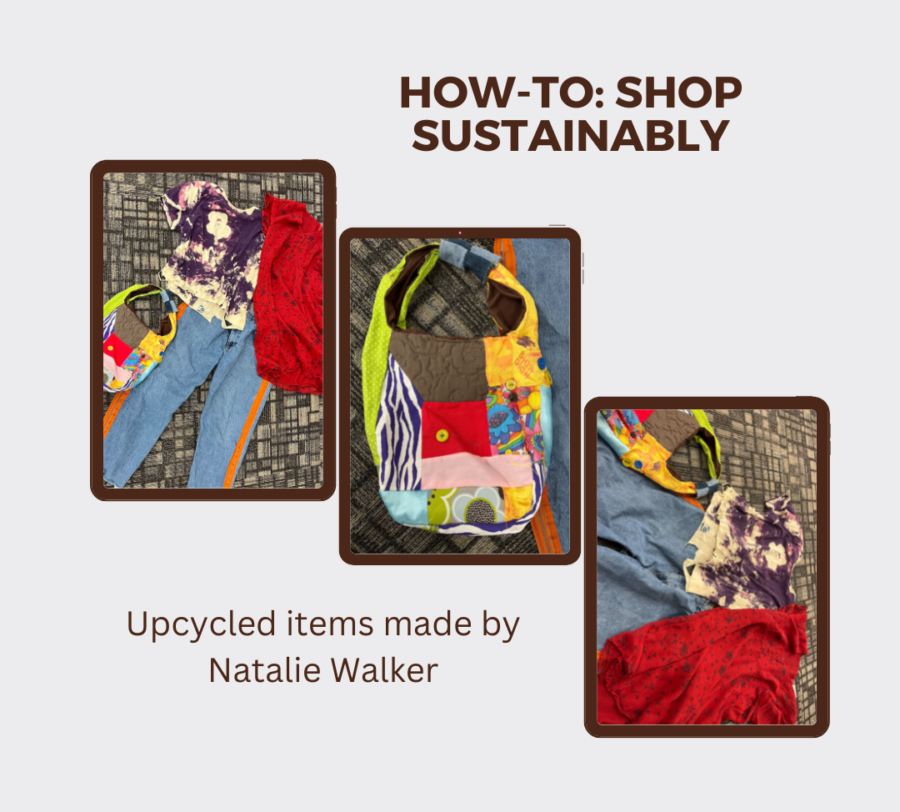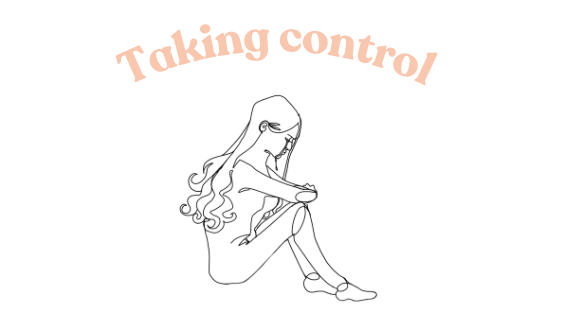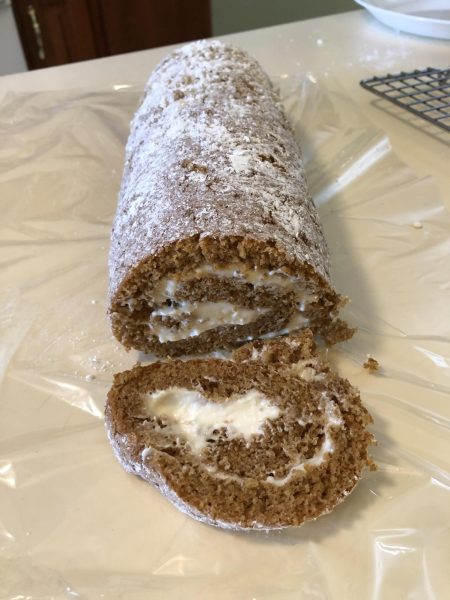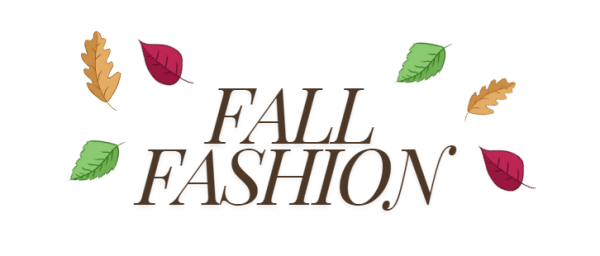How-To: Shop sustainably
In 2023, good news about the climate is increasingly rare. From extreme weather events to animal extinction the news is depressing. But, efforts to do one’s part in helping the climate are increasingly common. Just one of many popular changes has been to start shopping sustainably. Reusing clothing or buying items from companies that do not contribute to the overproduction of fast fashion (clothing production that negatively impacts the environment) is a seemingly simple change. Yet when it comes to shopping sustainably, the options can feel inaccessible, unappealing or even overwhelming. To help out, here’s a guide to different types of sustainable clothing, places to shop for it, and some pros and cons of each category.
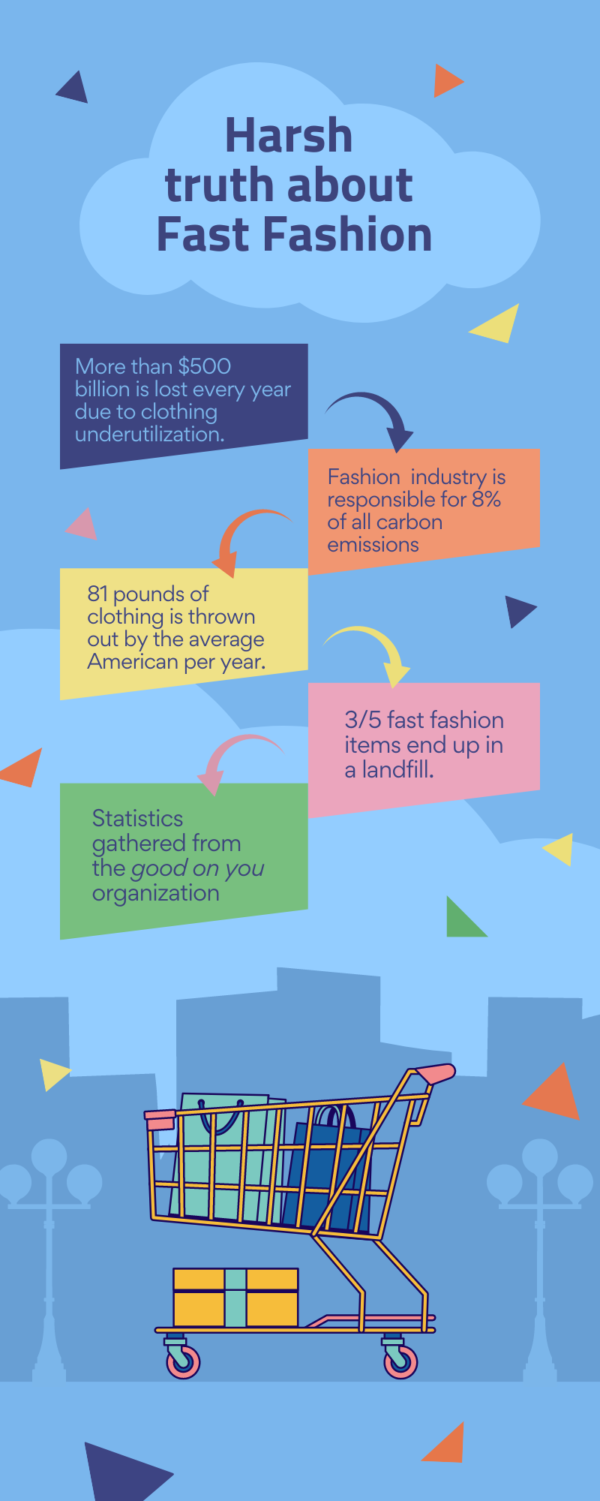
1. Sustainably Produced($$$ Expensive)
One option is buying sustainably produced clothing. Fast fashion items are often made with synthetic fibers that don’t have longevity for wear, but can still take hundreds of years to fully decompose. On the other hand, sustainably produced items are usually new and often made from natural, biodegradable materials. Some companies produce new clothing from recycled materials such as excess fabric or deadstock vintage clothing that was never sold in stores. In either case, the goal is to make these clothing have longevity. A few sustainable online shopping sites are; reformation, Patagonia and Everlane. When scrolling through these websites one should really think deeply about the trendiness of the clothing they are considering buying. As prices often parallel high-end clothing store prices, these clothing are an investment of time and money. This option is great for people looking for quality products that last, but not everyone has the financial ability to invest in expensive clothing that they may soon dislike or outgrow.
2. Second hand/Thrifting($-$$ Cheap to moderately expensive)
If new sustainable clothing is out of one’s price range, doesn’t fit their style or just doesn’t interest them, another option is to purchase second hand. People have always reused clothing, but with factories and labor exploitation, clothing is much more accessible because of its mass production. With excess production, comes excess waste. Those clothes often end up in charity stores such as Goodwill, the Salvation Army, or independently owned thrift stores. Great for those making a switch to sustainable clothing but don’t have the financial ability to make huge investments. Another option is reselling online. Some popular and reputable websites for secondhand clothing are Depop, Ebay and Thredup. With these sites being so vast there really is something for everyone. Prices vary, depending on age, condition and brand of the item, but with some searching one can get bang for their buck. When shopping for second hand clothing one should still be thinking about the way those pieces will last so they can truly get their time out of them. Also, the sheer volume of clothing in thrift stores is often more than retail stores, and much more varied. Before going thrifting one could narrow down what type of clothing they’re looking for to make the process more efficient. A downfall to thrifting is the cleanliness, it’s very common that thrift stores don’t sanitize the clothing they receive at all. Also the affordable prices acn sometimes work against one by leading to overconsumption and wasting money as many stores don’t allow returns.
3. Up-cycling (Free-$)
The final option on this list is up-cycling. This means repurposing clothing or material that one already owns. From repairing a hole in jeans, to creating a patchwork quilted jacket, the possibilities are only limited by one’s imagination. If they have the supplies, this option can even be practically free. When sourcing clothing one can just go to their own closet and look around for what needs a refresh. If they don’t want to sacrifice their own clothing, they could ask family and friends if they have any clothing they are planning on donating. They could just donate it to them instead! Sometimes when making the modifications though, they may need new craft supplies, to repair their sewing machine or buy a new color of embroidery yarn. A few great stores for these supplies are Micheals, Joann’s or even just Walmart. If they want to truly stick to the sustainable spirit one can even ask around for unused craft supplies from family, friends and their community. One place this is made pretty easy is in specific Facebook groups dedicated to less waste. The “D.I.Y. look” can really help people personalize their clothing by making them more unique. For example they can add a design to the front of a t-shirt to make it something they like. This aesthetic quality isn’t for everyone though, and it takes a lot more effort to make repairs or embellishments look professional.

Nearly three years ago, on a fateful day in the spring of my freshman year I voted “Yes” on a Journal instagram poll about interest in making graphics....


